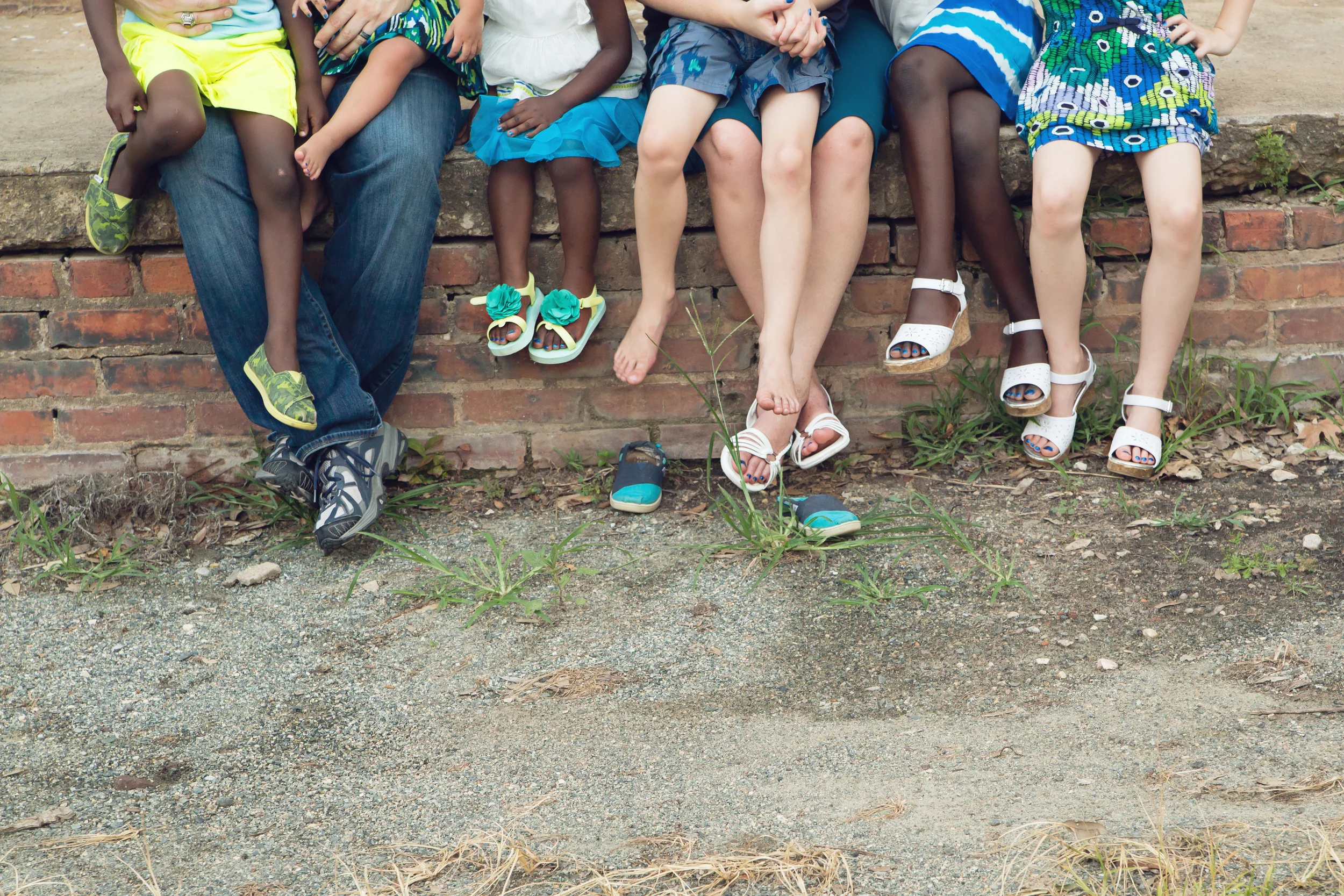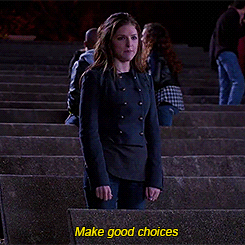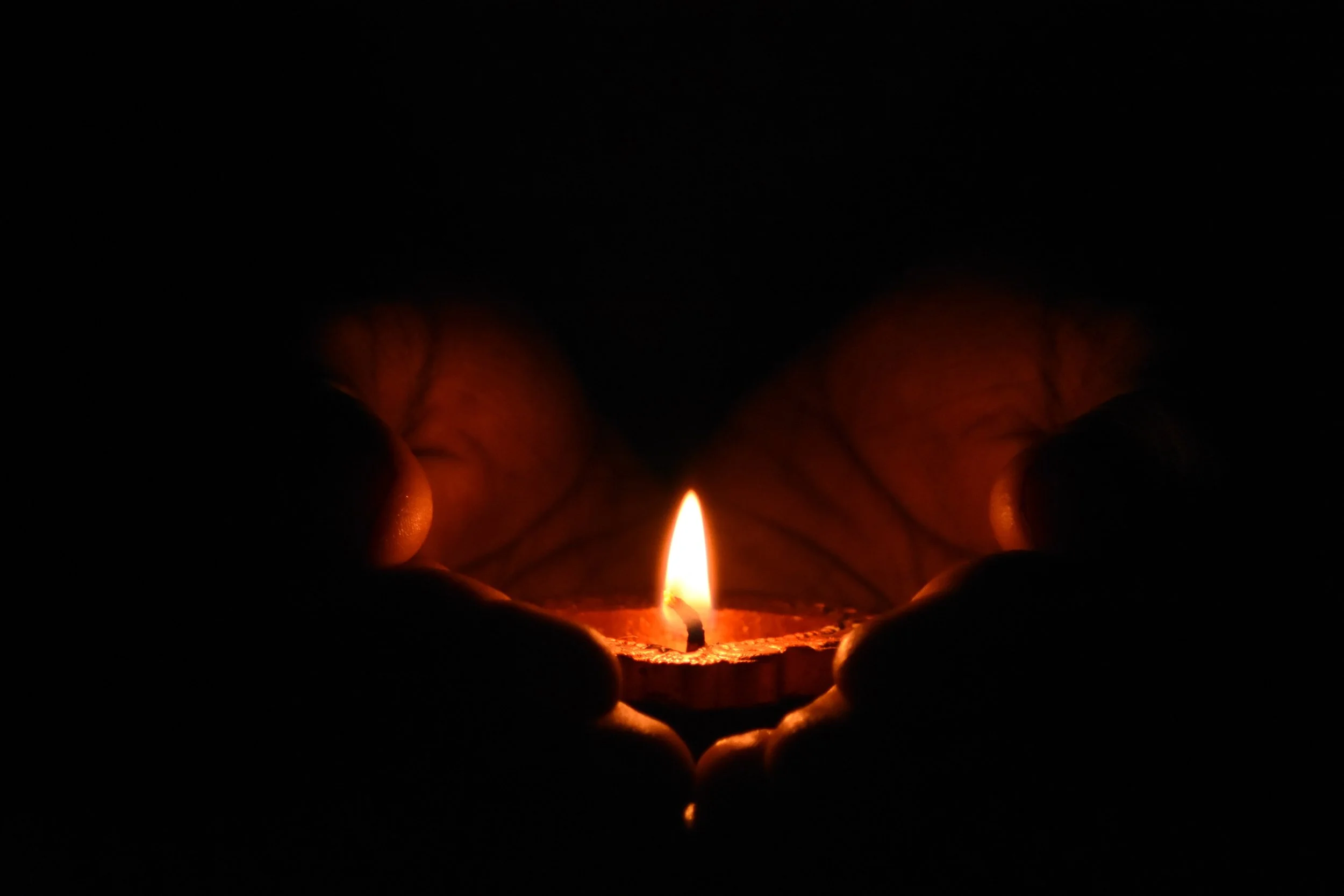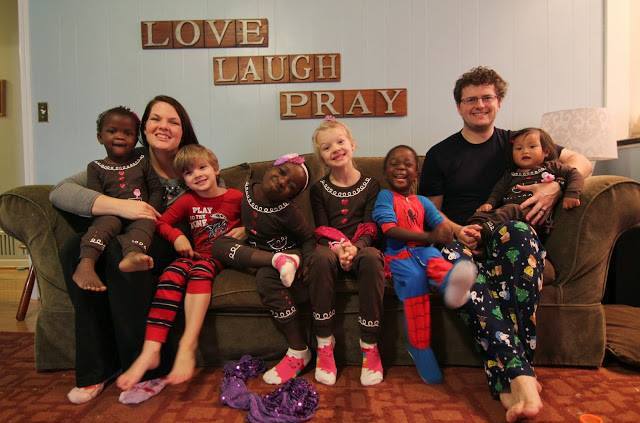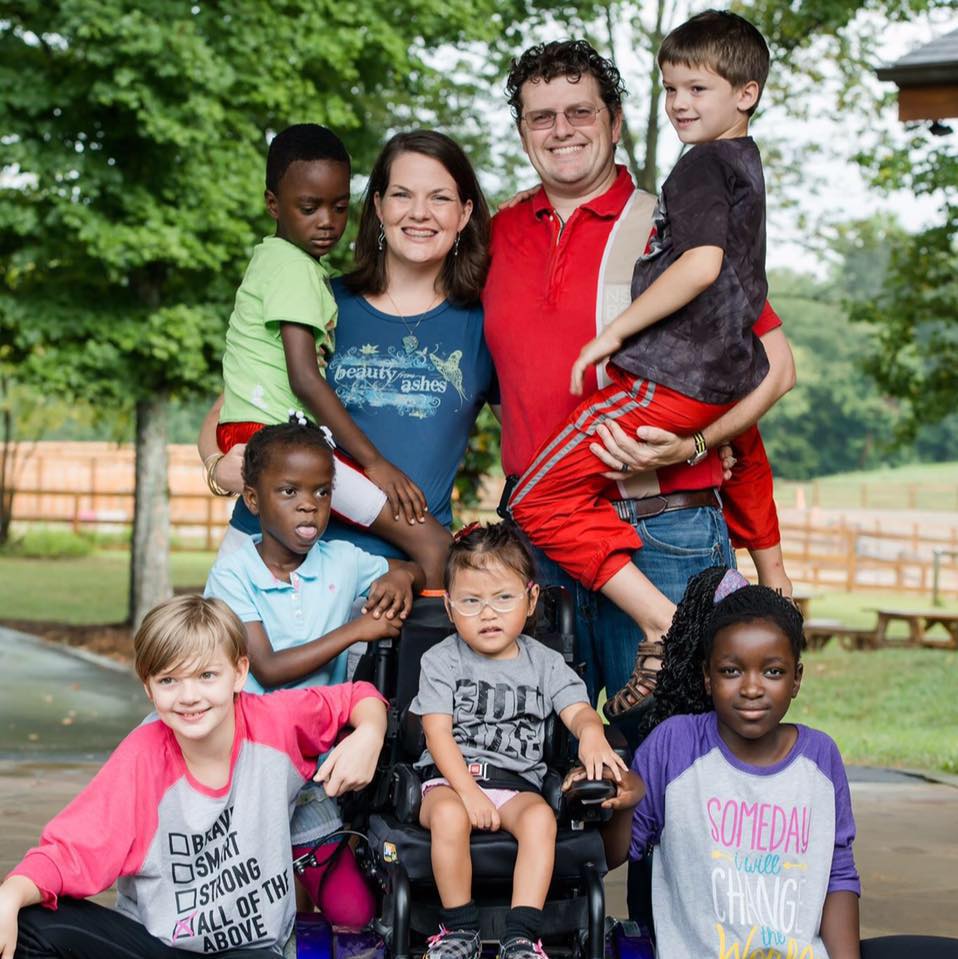Yesterday would have marked 15 years of being sober.
/Yesterday would have been 15 years sober for me. It is, and it isn’t, all at once.
I’m drinking again. And? I’m entirely comfortable with that. The only discomfort I have is about telling you.
After all, I’ve been open about my alcohol abuse in the past, having drank heavily from age 11 to 21. I wrote about it for Teen Vogue. Saying I was an alcoholic hasn’t been anonymous for me for years.
I’m concerned some of you will worry. I am okay, truly. I promise.
I’m concerned some of you will feel like I’m extending a license to break your hard-earned sobriety.
AM.
NOT.
Not even a little bit. My choice, made with the full support of my husband, my therapist, and most friends, and the begrudging support of my protective best friend, is my choice. It’s about me and not you.
“It’s about me and not you. ”
I’m concerned some of you will be disappointed in me. If you are, that’s okay. That’s a valid response, as are all other feelings you might have about this. Feel what you feel.
I’m concerned that many of you will be confused. Why risk it? Is this wise? Is it safe? What changed? Am I deceiving myself?
Those questions deserve a hearing, because I choose to write in the public sphere. Not everything needs to be public. But when I’ve shared openly about not drinking, it makes logical sense to share openly about drinking again.
That’s why I’m writing this post. Our first night in Ireland, Lee and I ended up at a pub. A delightful 80s and 90s cover band was playing. We had a couple drinks. After getting the first ones, I snapped the picture below. I could have Instagrammed it., but I knew this was too delicate to just throw at you on social media. I want to take care with what and how I communicate the shift.
So, when did this happen?
In December,Lee and I decided to start an experiment we’d been considering for a while. To see how alcohol impacted me now, at 36 instead of 21, we began to share a glass of wine together after bedtime, no more than once a week.
We didn’t know how it would play out. Possibilities ranged from triggering trauma responses and stirring up emotions from when I abused alcohol to numb the pain of abuse, to risking a return to addictive behaviors and risking also that my explanation would be perceived as a free pass to drink again for those who need to be sober.
Please, don’t. That’s not a permission slip I’m signing for anyone but myself.
Before I took my first sip since March 28, 2004, I had been discussing the idea with my medical and mental health professionals, Lee, and several dear friends who have proven in the past that they are willing to risk out relationship if needed to speak the hard and necessary truth to me. The first of these conversations was in early 2017. I knew it wasn’t the right time then, but I was beginning to realize that it might be, eventually.
I did not do this lightly.
So, why do it?
Because I wanted to. I’ve only learned in recent years that my wants and desires matter. I like alcohol, and I wanted to have the occasional freedom to have a drink in the context of community with others. This wouldn’t be a good enough reason alone, though. While it’s always important to be in touch with what we want, it’s not healthy to pursue every desire.
Because I could do so safely. For me, PTSD is my primary diagnosis. Substance abuse was a symptom of the problem, not the problem itself. Of course, many people with PTSD are addicted to alcohol or drugs (or busy-ness or Twitter or…) or in recovery from those addictions. But as I’ve been intensely processing my childhood trauma, peeling back layer after layer, some of my secondary expressions of PTSD have gotten quieter or gone silent. I couldn’t have safely taken another drink without doing the years of therapy that preceded that first sip in more than a decade.
Because I’m not sure it was really accurate to have said I was an alcoholic. I drank to numb. I drank to forget. I binge drank. I had a host of habits consistent with addiction. I will, without reservation, acknowledge that substance abuse certainly fit for me during the decade I drank regularly from age 11 to 21. But I stopped drinking pretty easily, I never once relapsed, and - most crucial to the story - I decided sobriety was my only option while a member of a fundamentalist church context where any alcohol consumption was vilified. I am confident I struggled with substance abuse then. I’m not confident it was accurate to call it addiction.
Are you sure?
I’m sure enough. I’m as sure as I can be. I’m as sure as I was when I decided not to drink 15 years ago.
My skepticism started with my first AA meeting. I never went to a meeting until I was 12 years sober. I know AA has been a pivotal part of some friends’ recovery, so my expectations were high.
I wrote a post titled more than an alcoholic the day before that first meeting. And then I went.
I loved the truth telling of the people there.
I questioned the truth telling of the Big Book.
The claims in the Book - which serves as the bible for AA - were bold. The theology veered toward Calvinistic total depravity at times, and it stressed how we are wrong so much more than how we are good. The history was mostly accurate. The science, though? It struck me as suspect.
It was then - in 2016 - that I began to research the roots of alcohol abuse treatment in the US. I found, not surprisingly, that AA has strongly influenced how we discuss and treat alcoholism. When I told a doctor that I was newly sober in 2004, she quickly said, “you know, right, that you can never drink again because you’ve struggled with alcohol like this and have a family history of alcoholism?” I nodded, having never considered any other approach.
I’m glad I didn’t consider any other approach at the time. I needed to make a clean break. I needed to learn in action that life doesn’t have to be saturated in liquor. I believe strongly that this is the ideal long-term approach for many, and I believe strongly that it was the ideal path for me at the time.
I don’t doubt the benefit of the Big Book or AA program in reaching a needed sobriety for many. I don’t want to lay out an argument against that. Some people will go to the extreme to dismiss the program altogether, but I’m not an enemy of Bill’s. I also think it’s important to acknowledge that every AA group is different.
That said, I look at how we treat almost everything else, with treatments tailored to the individual (as this Harvard paper suggests for alcohol abuse), and I consider this excerpt from the Big Book to be utter bullshit:
Rarely have we seen a person fail who has thoroughly followed our path. Those who do not recover are people who cannot or will not completely give themselves to this simple program, usually men and women who are constitutionally incapable of being honest with themselves. There are such unfortunates. They are not at fault; they seem to have been born that way. They are naturally incapable of grasping and developing a manner of living which demands rigorous honesty. Their chances are less than average. There are those, too, who suffer from grave emotional and mental disorders, but many of them do recover if they have the capacity to be honest.
Honestly, WTF?
I might give the shaming language a pass if that passage rang true, but it doesn’t. The books Sober Truth in whole and Critical Thinking, Science, and Pseudoscience in parts discuss this in detail. (A review of Sober Truth in The Atlantic can be found here.)
Sure, AA can work, but so can other approaches. For me, intensive therapy - which I recognize as a privilege afforded by insurance and income - has been the best approach, both early in my sobriety and now. (One reason AA is so popular is because it’s free, it’s available, and it’s a community, which I acknowledge is not true for therapy.)
so what now?
Am I giving myself a forever permission slip to drink? No.
When I started drinking, I was little. I got sober when I was 21. I stand by that decision. It was right for me then. When I quit, I needed to do so, because - as I wrote a few years ago on this blog - I had reached a point at which I was drinking excessively every single time I drank. I also did so because of family history with alcohol abuse and because my fundamentalist church was anti-alcohol for anyone.
It wasn’t a bad choice to stop.
This new-ish decision isn’t a bad choice either. I’m a different and healthier person now at 36 than I was at 21. (Hopefully, that’s true for everyone.)
As for me, I’m drinking again. As for you, I have no advice beyond encouraging you to make informed choices within safe community. (That means it’s not wise to drink if you lack safe community or the accountability provided within it if you are willing to be deeply honest, as is necessary with any real accountability.)
I had a problem with alcohol 15 years ago, but as my faith has shifted in recent years, I’ve reevaluated everything. I’ve deconstructed and reconstructed my beliefs about God, using the Bible holistically rather than leaning on someone else’s interpretation and prescription for what I ought to believe. (Far too often, the false Jesus peddled by those who have self-appointed themselves as guards of all things “biblical” is one who is misogynistic, ableist, and somehow blond and blue-eyed, which makes sense only because he is entrenched in rich white supremacist ethics. Thank God that’s not the Jesus of the Bible and of history.) I expect to honestly wrestle with faith for the rest of my life because I consider that fundamental to any worthwhile faith journey.
so is your Insta gonna be boozy now?
I won’t post much about alcohol beyond this essay, unless there’s a noteworthy update to offer. I know how challenging and disorienting the overabundance of alcohol-saturated posts could be when I wasn’t drinking. I felt left out, like I didn’t belong, far too often. I don’t want to create that feeling for anyone else.
Yesterday would have marked 15 years sober for me. In a sense, it doesn’t - no 15 year AA chip this year! - but in a sense, it does. In the fullest sense of what it means to live soberly - to be steady, to not habitually or heavily drink alcohol, to have a clear head, to give pause to myself and thought to anything related to numbing emotions, including but not limited to alcohol - I still consider yesterday a soberversary of sorts.
When my best friend - for whom this is not breaking news - texted me yesterday to ask, “so, are you still celebrating your sobriety anniversary?”, the answer was an easy yes. My relationship with alcohol changed significantly 15 years ago. It remains forever changed, even as a healthy choice for me (for now) might include a glass of Riesling or a whiskey sour from time to time.
Maybe it will stay this way.
Maybe it won’t.
But this is where I am today.
(All pictures in this post are from our first 24 hours in Ireland)
